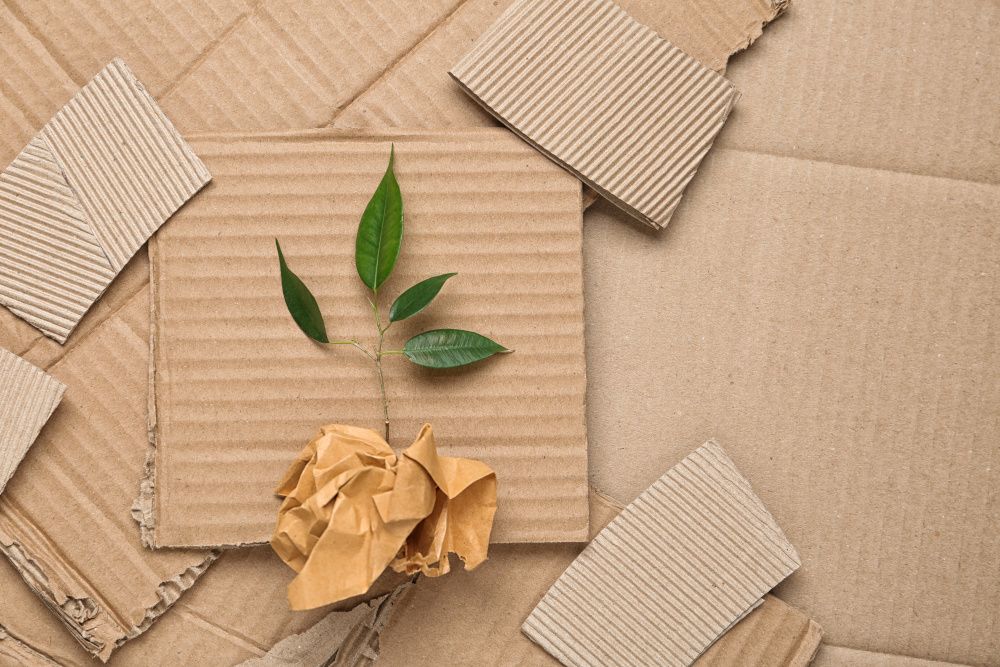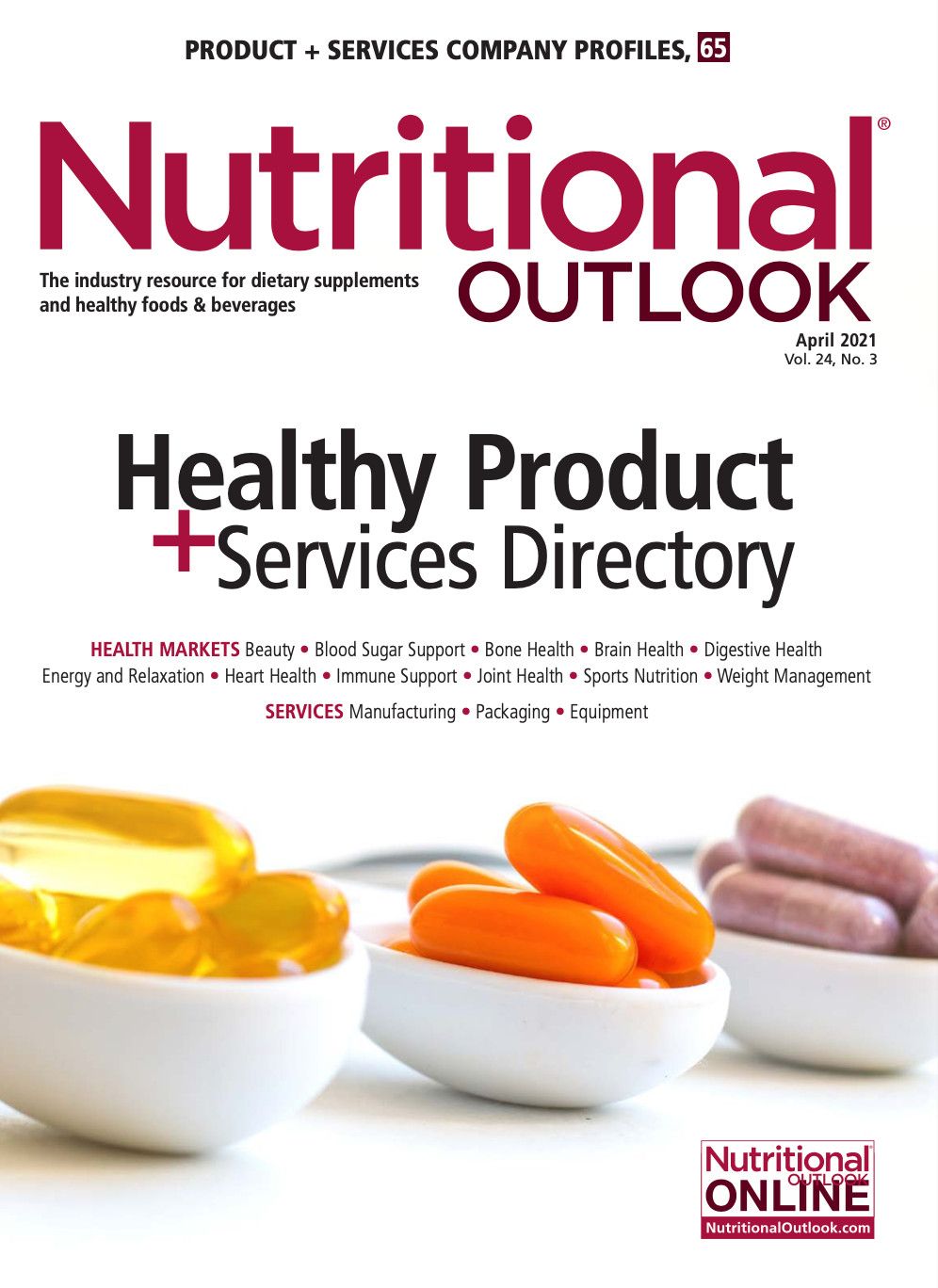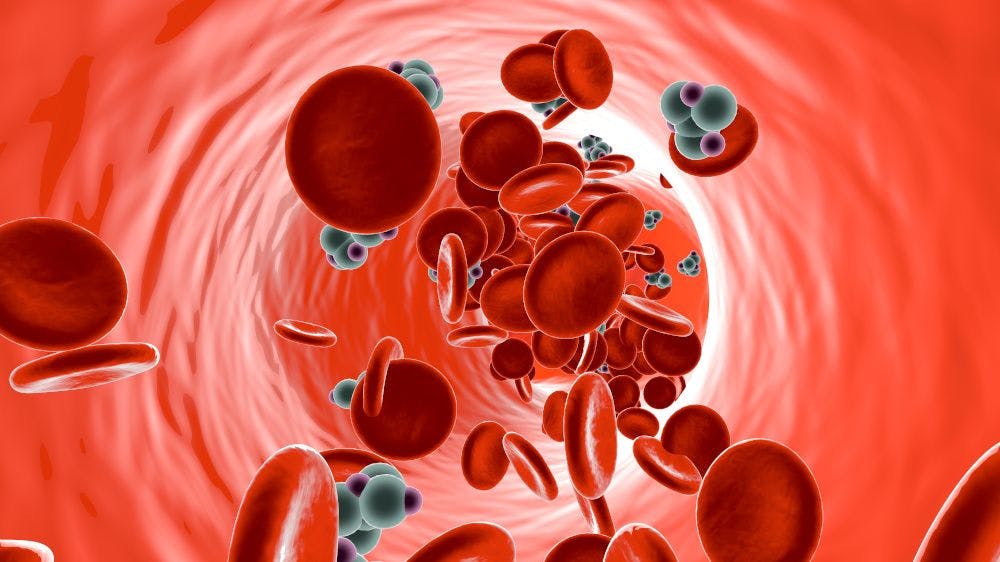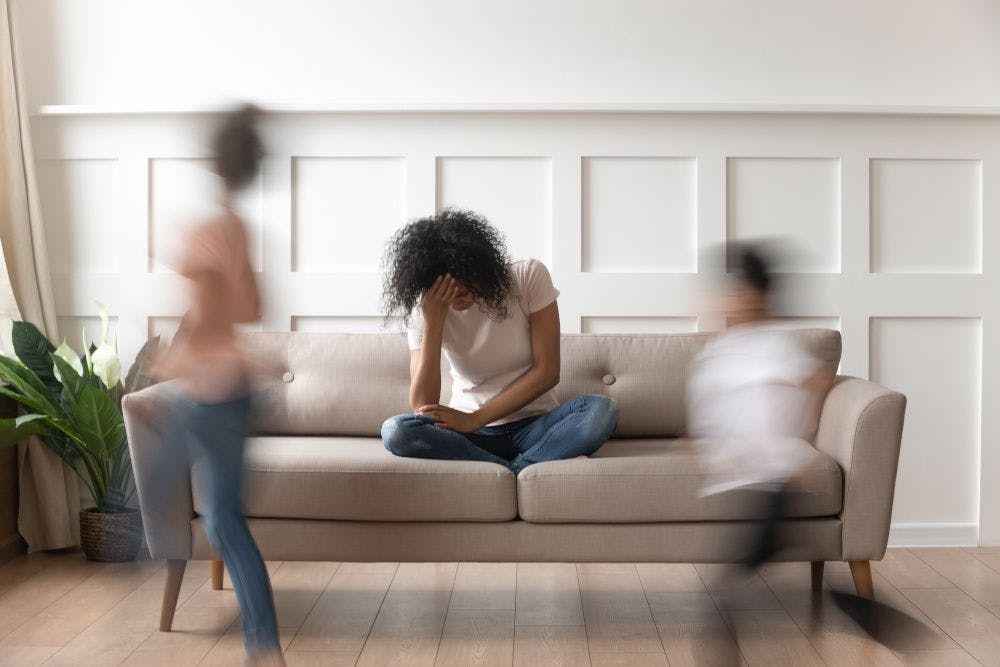Packaging in a pandemic: Sustainable packaging still a priority during COVID-19
Packaging manufacturers continue to advance sustainable options.
Photo © New Africa - Stock.adobe.com

Sustainable packaging is at the forefront of consumers’ minds even as the COVID-19 pandemic continues. Companies in all industries are taking notice.
One 2020 survey of 15,000 consumers by supplier Trivium Packaging (Amsterdam, Netherlands) and Boston Consulting Group (Boston, MA) found that 74% of consumers were willing to pay a premium for sustainable packaging.1
Packaging manufacturers are innovating in terms of material recyclability, package design, and supply chain management.
Demand Remains Strong
While COVID-19 upended several supplement categories, other trends have only accelerated. Sustainable packaging has remained a consumer priority since the start of the pandemic, and demand appears to have grown. Martin Rathgeber, director of engineering for Berlin Packaging’s in-house design agency Studio One Eleven (Chicago, IL), says Berlin’s own clients are increasingly asking about sustainable options.
“The pandemic may have shuffled the order and magnitude of consumers’ priorities,” Rathgeber says, “but sustainability has remained important. Recent data from McKinsey showed that 60%-70% of consumers would pay more for sustainable packaging, and 48% of U.S. consumers are more concerned with packaging sustainability now than they were before COVID.”2
Even though consumers have become more frugal since the start of the pandemic, they have also become more socially and environmentally conscious. Consumers want to feel good about the products they buy, Rathgeber explains, and the pandemic has highlighted that being sustainable is the right thing to do. In fact, Rathgeber points out, a consumer narrative is emerging that links the COVID-19 pandemic to our fractured relationship with the planet. This is highlighted, for instance, by some improvements in air quality when transportation-related pollution slowed.
Supply Chain Approach
Initiatives have broadened beyond just the recyclability of materials in use. Now, companies are addressing sustainability across the entire supply chain by evaluating factors like packaging design. Rathgeber says reusability is taking off within sustainability both in the United States and in Europe.
“Sustainability initiatives in packaging are becoming more real and data-driven,” he says. “Looking at the package as a whole—in terms of the raw materials and fossil fuels used, the impact of production and distribution, and the impact of a product’s disposal—is a practice that has been more in demand in the European market.”
But conditions are improving domestically. “We’ve started to see this practice in the United States as well,” he continues. “More consumers are realizing that it’s not just the reuse or recycling of the product that’s important but the impact of the product’s entire lifecycle.”
Intentional Design
Modern sustainability initiatives are embracing all three of the Rs. While the recyclability of packaging materials has long been a priority, packaging design goals now also involve reducing the amount of packaging used and creating packages that serve secondary purposes.
Jason Brown, founder and CEO of personalized-nutrition company Persona Nutrition (Snoqualmie, WA), says consumers want the same packaging they’re accustomed to, but they also want that packaging to function in a different manner once it has served its primary purpose. Creating reusable packaging demands an intentional design process, he stresses, one that involves coordinating with supply chain partners to come up with innovative solutions.
Persona Nutrition packages its vitamins and supplements in daily vitamin packs that are made from biodegradable plastics. The packs can be composted or thrown in the garbage and will begin degrading within 80 days. The company also offers reusable dispenser boxes made from 100%-postconsumer materials as well as recyclable shipping boxes made from sustainably sourced wood fibers.
“We worked with our suppliers to create more sustainable materials while maintaining the medical-grade sterilization required to keep supplements safe during storage and transport,” Brown adds. “Time was our biggest challenge. We spent two years ensuring that the new packaging material could feed seamlessly into our current machines while still resembling the tear-off pouches that our customers appreciate.”
Long-Term Trend
Sustainable-packaging options will continue growing. With the majority of American consumers now reporting they are willing to support sustainable packaging with their dollars, the end-user market is now large enough to support wide-ranging sustainability initiatives. Brands should prioritize those initiatives now to capitalize on brand leadership and a growing consumer audience.
References
- Trivium Packaging website. “Global Buying Green Report: Momentum Builds for Sustainable Packaging.” Published online April 2020.
- McKinsey & Company website. “Sustainability in Packaging: Inside the Minds of U.S. Consumers.” Published October 21, 2020.

Prinova acquires Aplinova to further increase its footprint in Latin America
April 7th 2025Prinova has recently announced the acquisition of Brazilian ingredients distributor Aplinova, which is a provider of specialty ingredients for a range of market segments that include food, beverage, supplements, and personal care.

























